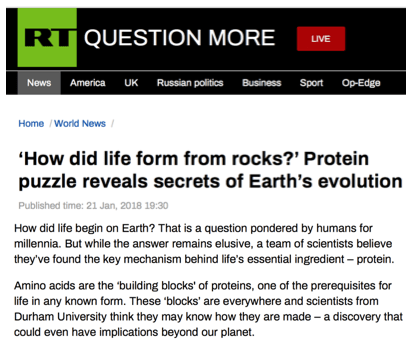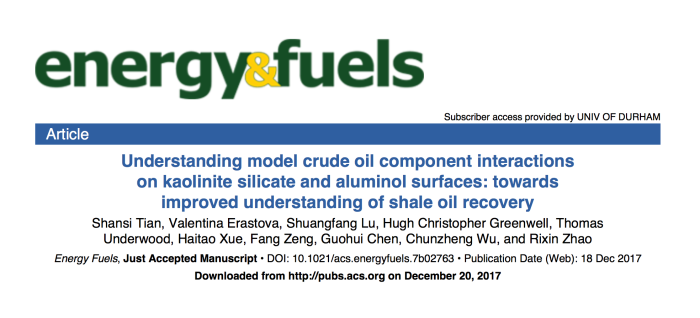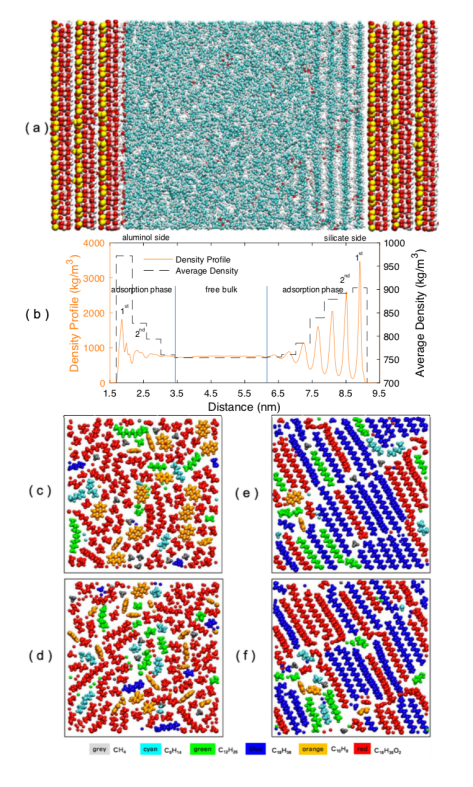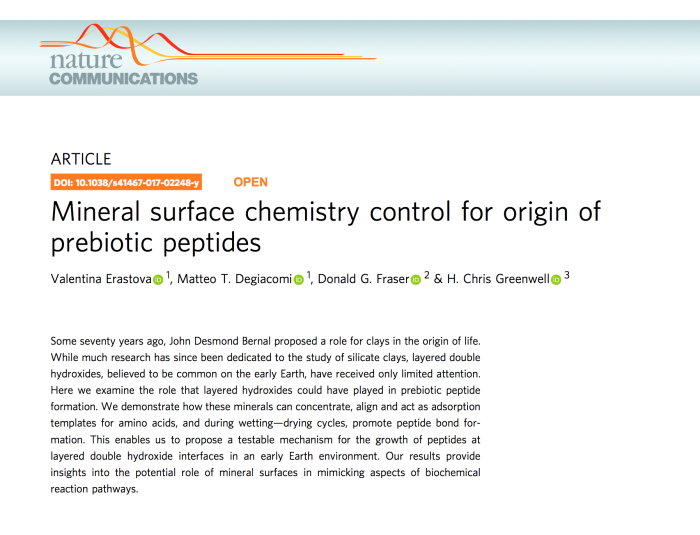
It was honoured to be invited to the Annual BRSG meeting: “Advances in experimental and simulation methods for NMR and EPR“ and to deliver a talk about my very recent work linking solid-state NMR and molecular dynamics simulations.
The annual meeting was dedicated to celebrating 50 years in NMR of Prof. Jim Emsley and Prof. Geoffrey Luckhurst. It was a pleasure to meet Jim and Geoffrey and to hear about their adventures in the work of magnetic resonance.

 In a presentation, entitled “Computational Chemistry as a Time-Traveller’s Tool”, Valentina discusses how her molecular modeling techniques allow studying phenomena that occurred millions of years ago, that lead to the transition from geo- to biochemistry. She then demonstrates how the same methods, used to address fundamental questions, can also be applied to today’s problems of industrial interest, such as enhanced oil recovery and synthesis of high surface materials. All these processes are driven by interactions between organic molecules and layered materials under conditions difficult to reproduce through experiment alone.
In a presentation, entitled “Computational Chemistry as a Time-Traveller’s Tool”, Valentina discusses how her molecular modeling techniques allow studying phenomena that occurred millions of years ago, that lead to the transition from geo- to biochemistry. She then demonstrates how the same methods, used to address fundamental questions, can also be applied to today’s problems of industrial interest, such as enhanced oil recovery and synthesis of high surface materials. All these processes are driven by interactions between organic molecules and layered materials under conditions difficult to reproduce through experiment alone.





